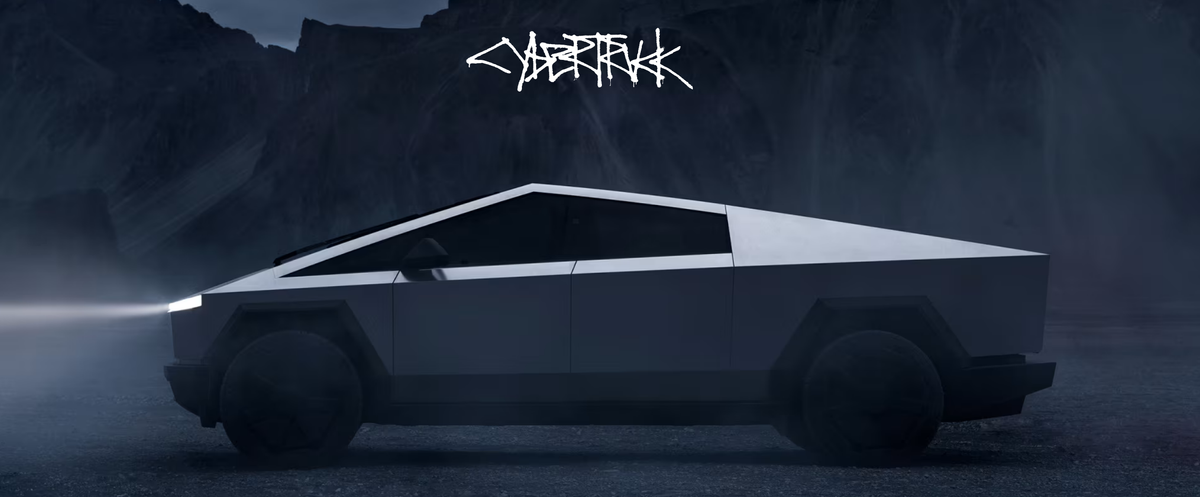The Cybertruck: A Dangerous Misstep in Automotive Design?

The unveiling of Tesla’s Cybertruck marks a momentous occasion in the automotive industry, but it’s not without significant concerns. This long-awaited “apocalypse-bunker-on-wheels” is raising serious safety questions, particularly for pedestrians and cyclists. Its arrival, marred by delays and price hikes, doesn’t negate the looming threat it poses to road safety.
A Behemoth on Streets
The Cybertruck’s design seems to prioritize intimidation over safety. Its colossal height and blunt, flat front end, designed to withstand sledgehammer blows, also mean it’s potentially lethal for pedestrians and cyclists. If its pedestrian detection system fails, which isn’t uncommon in Teslas, the consequences could be dire. This vehicle isn’t just a threat due to its mass and design; it’s also alarmingly silent, capable of reaching 60 mph in 2.6 seconds without the accompanying engine roar as a warning.
A Vision Obscured by Tech
The Cybertruck is equipped with an 18.5-inch touchscreen, a feature that’s more of a distraction than an aid. Coupled with its “shatter-resistant armor glass,” the driver’s focus is drawn away from the road, increasing the risk of not noticing vulnerable road users.
The Weight of Danger
Weighing a staggering 6,843 pounds, the Cybertruck is a behemoth compared to traditional vehicles. This weight, combined with an optional range extender battery, increases the vehicle’s lethality in collisions. More mass equals more momentum, making any impact with a pedestrian or cyclist considerably more dangerous.
European Skepticism
The Cybertruck’s design has already raised eyebrows in Europe, where automotive authorities question its legality on the streets. Its sharp edges and heavy weight class it out of the standard vehicle category, requiring a special license to operate. If only the US were so sane.
A Misaligned Future Vision
Elon Musk’s ambition to lead in “apocalypse technology” with the Cybertruck speaks to a concerning vision of the future. This vehicle, with its “BioWeapons Defense Mode” and armored design, reflects a dystopian mindset where the safety of others is secondary to personal security and ostentation.
Tesla’s Cybertruck, a symbol of American transportation excess, appears to be a step back in the quest for safer, more ethical road use. Its design and features prioritize the whims of the driver over the safety of everyone else on the road. In a world striving for safer, more inclusive streets, the Cybertruck represents a dangerous pivot towards a future where the safety of the many is compromised for the luxury of a few. As it stands, the question remains: should a vehicle with such a threatening design and questionable safety features be allowed on public roads?





